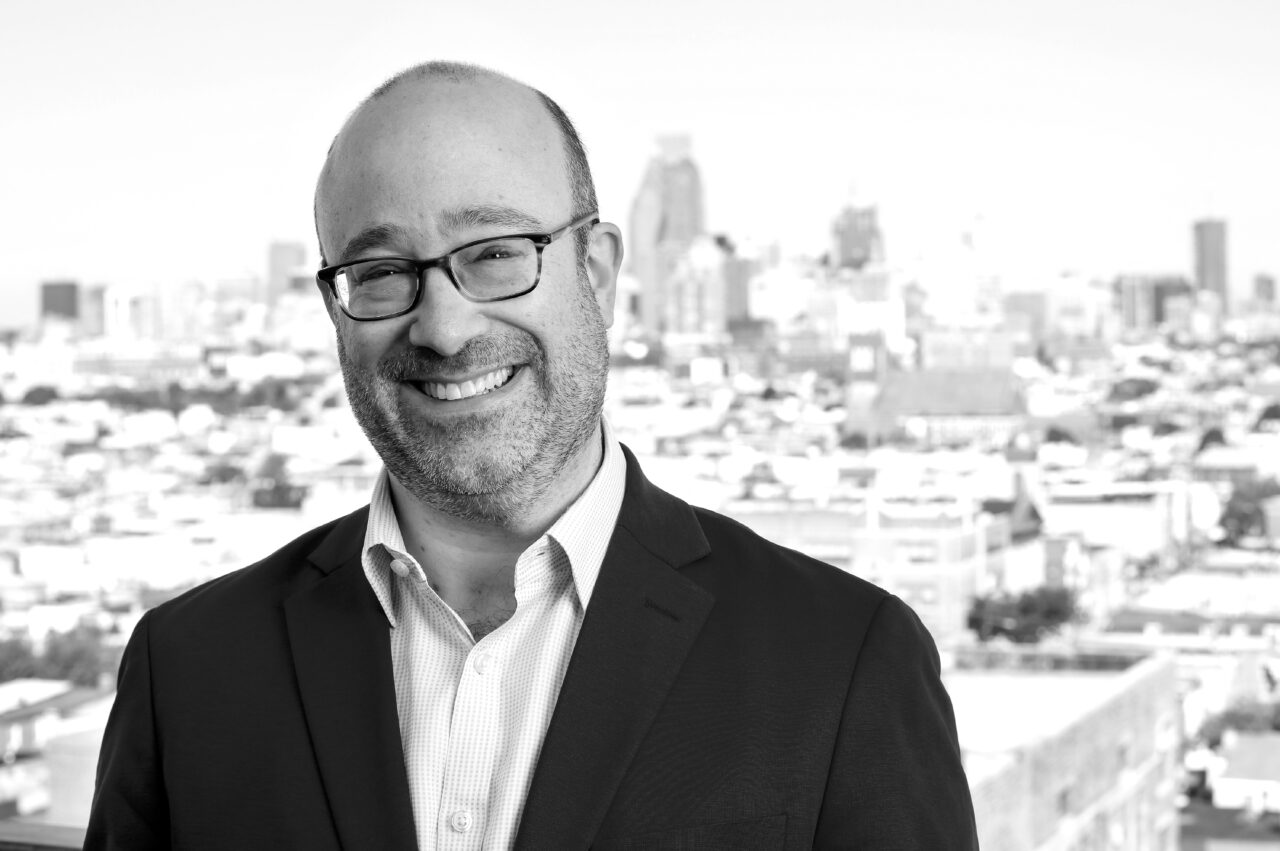Values of People: Todd Stern, Managing Director

Todd Stern, a Managing Director in U3 Advisors’ New York office, stays busy. When he’s not spearheading a deeply meaningful redevelopment project for his synagogue, he’s hard at work helping communities from Pittsburgh to Fort Worth navigate their paths to their own economic futures. We caught up with him about what he’s been doing and what comes next.
Years of working in the real estate sector have given you some skills that I’m sure are useful in other realms of your life. What’s been keeping you busy outside of work?
Over the last few years, I’ve been project managing the renovation of my synagogue in my hometown of White Plains, New York, just north of New York City. It’s a $6.5 million new construction and renovation project. It’s been one of the most challenging projects I’ve ever tackled, but it’s basically done now. It’s open and it’s beautiful, and our community is really, really pleased with it. I’m delighted at the result – and also relieved that it’s behind me. [laughs] But it is very, very, very gratifying, and I’m really pleased with the outcome.
The previous facility had a lot of deferred maintenance and we’d outgrown the space; it was no longer meeting our needs. [The new synagogue] has a very dramatic change in layout and size. We did it through this difficult period of COVID, which impacted the construction market and of course, interest rates. I’m thinking now about other engagements where my particular set of skills can be of value, and how I can help other faith-based institutions avoid a lot of common mistakes that nonprofits make in predevelopment and construction.
Outside of pro bono synagogue consulting, what have you been working on?
George [Smith, U3 Advisors Managing Director] and I are actually working at opposite ends of a transaction on Hazelwood Green, in Pittsburgh – we’re on the cusp of two very large deals that I think will be pretty historic when they happen: one is for the University of Pittsburgh to occupy a significant portion of land and similarly, we’re negotiating for Carnegie Mellon University (CMU) to come and take another piece of the site.
What are they planning to do there and how will they support the community’s vision for that site?
Carnegie Mellon is going to be building a Robotics Innovation Center. They already have some space at Hazelwood Green where they do a lot of applied research around robotics and advanced manufacturing. This new building is designed to expand that footprint and expand their ability to engage with private industry and commercialize some of the research that CMU is doing. The University of Pittsburgh is looking to build a biomanufacturing facility where they can produce at scale, cell and gene-based therapies that can target all sorts of pathologies. This became a more urgent topic over the last couple of years, particularly when we as a country were trying to figure out how to mass produce vaccines for COVID-19. We discovered that we really didn’t have sufficient stateside manufacturing capacity. Here you have the University of Pittsburgh, which is a very substantial producer of life science research with a medical school and a connection to a huge health system in the region. This is an opportunity for them to more quickly translate their research into commercializable products, and to be a service to other companies – to manufacture their products at scale.
The story of Hazelwood Green generally is a story about the shift in the tectonic plates, so to speak, between one century and another: it was a steel mill that put a lot of toxins in the ground, but also created a lot of middle-class jobs; that industry is gone for all sorts of reasons, but there’s an idea that it can be replaced by new, clean manufacturing and advanced technologies. If we can find a way to do all of that, and also create some jobs for folks in the neighborhood that have been shut out of this economy for a long time, then it’s a huge win for the Hazelwood neighborhood, the city, the region, and the state.
Do you find that shift in the “tectonic plates” to be a common thread across other clients in your portfolio? That narrative is often heard about the industrial upper midwest, but are variations of it evident elsewhere?
That is absolutely a common thread, and it shows up in what we call our anchor strategy – the perspective of using universities and health systems, or other large nonprofits, as the engines and catalysts for this kind of activity. In Fort Worth, that may not be life sciences, but it’s certainly innovation related. Same with Rice University in Houston. These kinds of innovation-oriented uses tend to create jobs and tend to require the support of new companies to come in and provide retail and other uses around them. If they’re done right, they can benefit from partnerships with the local community.
Everything we do is done through the lens of how we can help our clients serve not just their own interests, but the interests of their surrounding communities. That mindset is altruistic – but also, I think, mutually beneficial.